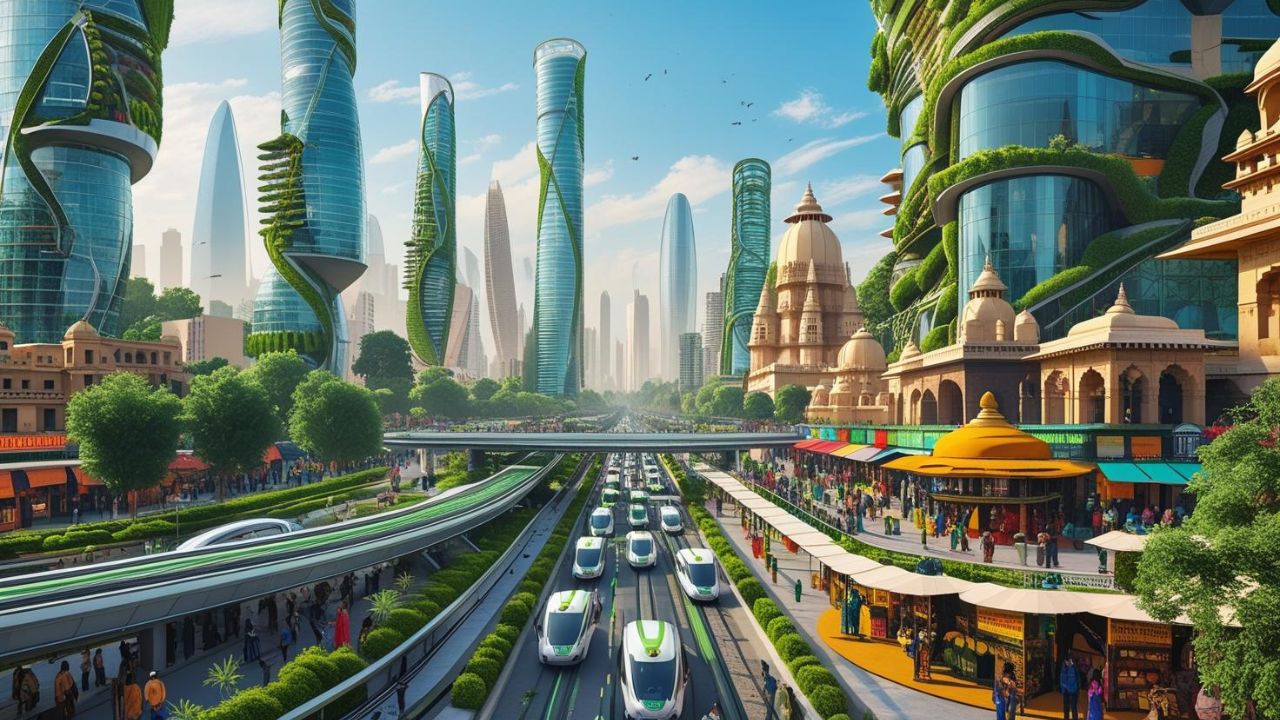India will need to invest more than $2.4 trillion by 2050 to develop urban infrastructure that can withstand the growing threats of climate change, according to a new report released by the World Bank. As Indian cities continue to expand rapidly, they are increasingly vulnerable to extreme weather events such as heatwaves, flooding, and rising sea levels.
Urban Population Boom Meets Climate Uncertainty
India’s urban population is projected to nearly double by 2050—from 480 million in 2020 to approximately 951 million. But the country’s fast-paced urbanisation is colliding with the growing frequency and intensity of climate-linked disruptions. The report, titled "Towards Resilient and Prosperous Cities in India," warns that without proactive and large-scale investments in infrastructure—particularly in housing, transport, water systems, and waste management—the nation will face severe economic and social consequences.
Also Read: Meet India's Newly launched AI Job Trainer
$30 Billion in Annual Climate Losses by 2070
The World Bank estimates that India already loses around $4 billion annually due to urban flooding alone. That figure is expected to climb to $5 billion by 2030 and could skyrocket to $30 billion by 2070 if no corrective measures are taken. “Cities need to become more resilient if people living in those cities are going to be safe,” said Auguste Tano Kouame, the World Bank's Country Director for India.
Investment Gaps and Future Projections
Based on conservative estimates of urban population growth, the report places India's total infrastructure investment needs at $2.4 trillion by 2050 and $10.9 trillion by 2070. These figures could rise to $2.8 trillion and $13.4 trillion, respectively, under more moderate urbanisation scenarios. The report emphasises that timely and strategic investments can prevent billions in annual damages caused by flooding and extreme heat while also promoting sustainable and efficient urban development.
Also Read: Amazon's Latest Bet on AI Is a Talking Wristband Startup
India’s Current Spending Falls Short
Currently, India spends only about 0.7 percent of its GDP on urban infrastructure—significantly lower than international benchmarks. The World Bank highlights the need for both the public and private sectors to increase funding in climate-resilient infrastructure substantially. Moreover, stronger coordination among federal, state, and municipal governments is essential to unlock financing, streamline project approvals, and deliver long-term results.
Call for Public-Private Partnerships
To bridge the infrastructure and climate-resilience gap, India must strengthen its partnerships with private players, especially in sectors like energy-efficient water supply, sanitation, solid waste management, and green building initiatives. The report also calls for enhanced climate-linked fiscal transfers and improved project financing mechanisms. The message is clear: without decisive action today, the cost of inaction will be staggering tomorrow—for the economy, the environment, and the millions who call India’s cities home.




